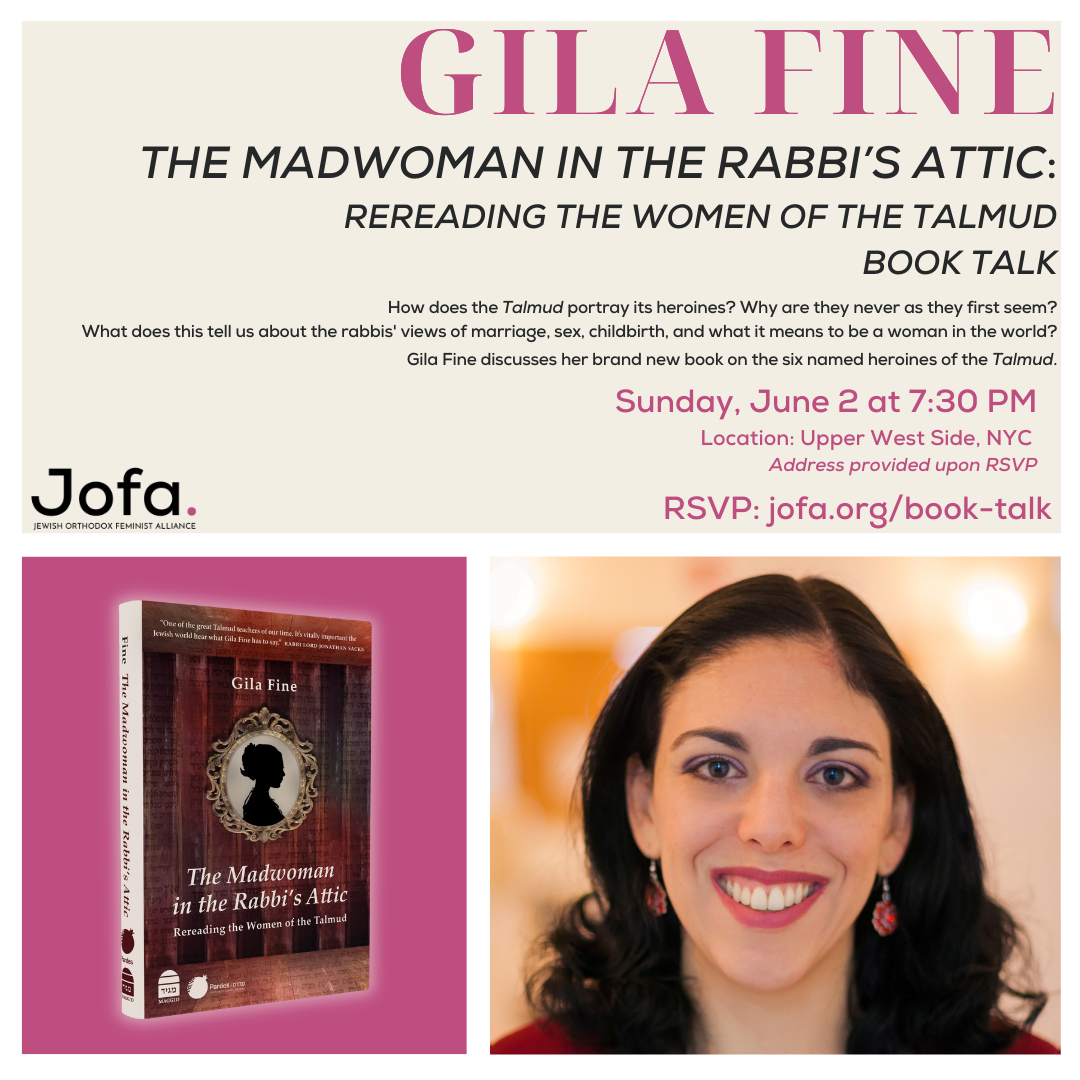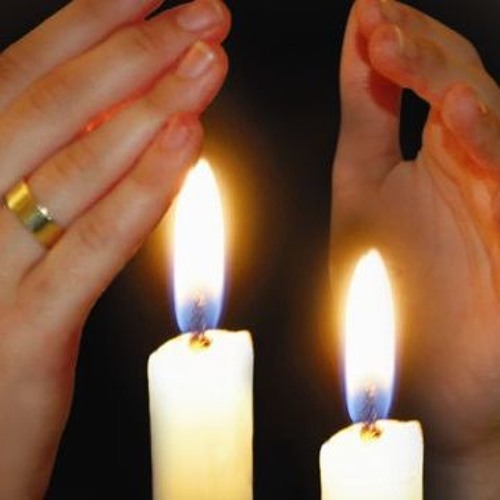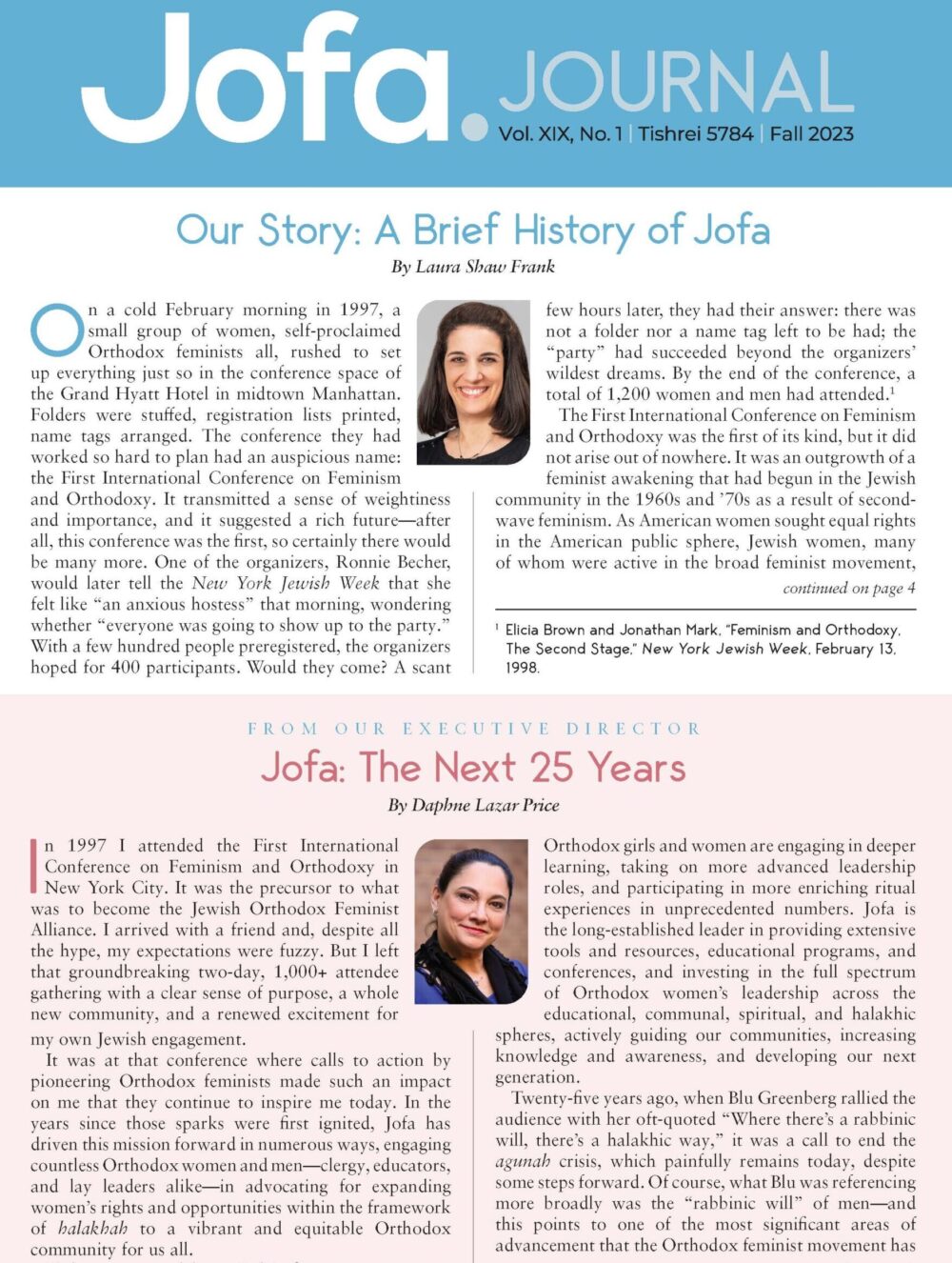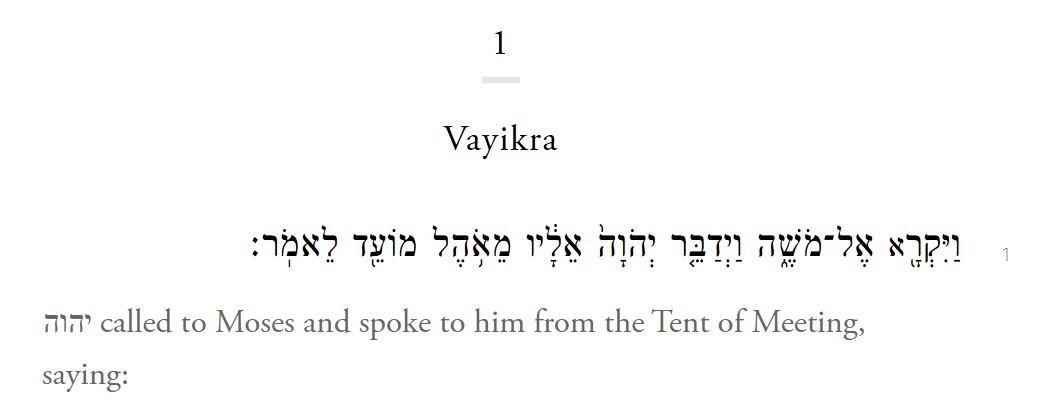By Michael J. Harris
Vallentine Mitchell, 2016, $36.94
By Roselyn Bell
What is Modern Orthodoxy? Michael J. Harris, a rabbi serving the Hampstead Synagogue in London as well as an academic with a Ph.D. in philosophy, teaching in the Faculty of Divinity at Cambridge, applies the skill sets of both his disciplines to answering this question. He defines Modern Orthodoxy as “the attempt to combine full commitment to Orthodox Judaism with openness to the modern world.” He describes it as trying “not to evade modernity but to face it head-on, rejecting whatever Orthodoxy can never accommodate but accepting whatever enriches, enhances and ennobles traditional Jewish life.” Given the issues he highlights in this book—the status of women, the challenge of biblical critical scholarship, belief in a messiah, and the concept of the chosen people—he seems to say, “Bring it on!”
Rabbi Harris insists that Modern Orthodoxy is not lacking in authenticity and is no less “frum” than hareidi Judaism. Both exhibit certain discontinuities from the pre-modern past, and each has chosen to build upon different elements from the tradition. He sees, for example, the concept of da’as Torah—the notion that specific rabbinic scholars provide the sole authoritative voice of Torah in their day—as a modern notion that arose out of the political circumstances of the late nineteenth century. It broke with an earlier notion of localized rabbinic authority that accepted the legitimacy of multiple opinions. In practical matters too, the hareidim have introduced new, more stringent standards than in the past, as in their adoption of the larger shiurim (measurements) of the Hazon Ish for Kiddush.
Of particular interest to JOFA readers is Rabbi Harris’s chapter on the role and status of women in Judaism, which he sees as a test case for how halakhah and Orthodoxy respond to outside influences. He evaluates feminism in a generally positive way, saying that its ethical claims upon tradition must be taken seriously. But he insists, contra some feminists, that it does not have an axiomatic place in one’s values structure as does traditional Judaism.
Refreshingly, Rabbi Harris rejects the claim of “essentialism”— that men and women have essentially different natures, mindsets, and capabilities. He critiques Rav J.B. Soloveitchik for claiming that “men and women differ not only physiologically … but also spiritually and personality-wise.” He labels as “apologetic” and not factual the widespread view that men and women have equal but different roles in traditional Judaism. As evidence of the inequality, he cites a statement in Mishna Horayot that a man’s life is worth more than a woman’s and the inherent male advantage in divorce.
Rejecting apologetics, Rabbi Harris suggests that the way forward is by developing halakhah from within. He proposes a two-tier system of halakhot in which some are timeless and not amenable to change, such as the laws of family purity, the prohibition of incest, and the separation of men and women in certain ritual contexts, and some are “not appropriate to the status and circumstances of women in modernity,” such as the prohibition on women making Kiddush at home or women leaning at the Seder. These latter examples may seem minor, but significantly, he raises the much larger and more consequential category of mitzvot aseh she-haz’man grama, positive time-bound commandments, from which women are exempt. He cites Yoel Bin-Nun’s suggestion that women voluntarily take on time-bound mitzvot; a group of such women, b’not horin, who obligate themselves to regular prayer, might then constitute themselves as a minyan and say the prayers for which a minyan is needed.
Rabbi Harris recognizes that the tremendous growth in opportunities for women to engage in advanced Torah learning is the engine driving the changes in women’s role in Orthodoxy. And, significantly, he takes this development to the next step, saying, “Modern Orthodoxy now needs expert women Torah scholars to become part of the halakhic process and to help shape it.” He envisages poskot—female Torah decisors who bring women’s perspectives to the halakhah—effecting changes such as the creation of standards of tzniut, modesty, for men as well as women. There is much to applaud here.
Elsewhere, Rabbi Harris explores less familiar territory in trying to incorporate mysticism and Kabbalah into a Modern Orthodox outlook, which, he says, suffers from an excess of rationalism. He observes that the hareidim have far less difficulty with mysticism because they see the world as “enchanted.” For the Modern Orthodox today, however, Jewish mysticism is problematic in some of its ethical constructions—such as the view of Jews as inherently superior to Gentiles. Rabbi Harris suggests looking to Rav Kook for hints of a kabbalistic ethic of love for all humankind.
Rabbi Harris dons his professorial hat most prominently in the chapter on “The Challenges of Academic Biblical Scholarship,” in which he mounts a spirited defense of the belief in Torah Min HaShamayim, Torah as a God-given entity, against the regnant views in academia. He distinguishes between “Higher Criticism” or the classic Documentary Hypothesis, which challenges the Divine authorship of the Bible, and the kind of biblical scholarship that situates the Bible in its historical setting by comparing parts of it to, for example, the Code of Hammurabi. He responds to the challenges by proposing a doctrine of propositional revelation—meaning that God did not dictate the Torah word for word to Moses, but rather communicated the basic ideas and let Moses choose the words.
Rabbi Harris has bit off quite a lot of controversial material in this book, and, not infrequently, is forced to shut down a line of inquiry with the statement, “This lies beyond the scope of this volume.” Nevertheless, one goes away with the feeling of an intellectually satisfying engagement with the issues. I came away pleasantly surprised by how little “politics” entered into the discussion, as it might have in the United States, and how fully the author plumbed the issues from both an academic and a traditional-religious perspective.









